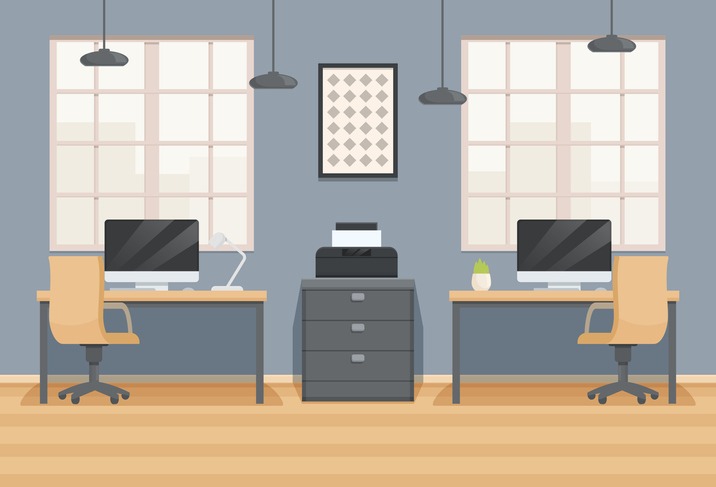
Advancements in technology and a growing awareness of the benefits of lighting are driving several new trends to emerge in the lighting industry this year.
Businesses are becoming increasingly aware of the benefits of lighting in the workplace; it can influence the productivity and well-being of your employees, as well as the overall aesthetic and atmosphere. Lighting can also impact the sustainability of a workplace as, according to 299 Lighting, generally for the UK office sector, lighting is the second highest consumer of energy.
With this in mind, dealers must stay aware of growing lighting trends to ensure they are offering products that will best serve the needs of the customers. Here are some of the lighting trends that can be expected in 2023:
- Human-centric lighting: human-centric lighting seeks to mimic natural daylight to improve the well-being and productivity of office workers. It involves creating a dynamic lighting environment that changes throughout the day, with cooler, brighter lights in the morning and warmer, dimmer lights in the evening. Human-centric lighting is expected to become more prevalent in office environments as it has been shown to improve alertness, mood, and sleep quality.
- Circadian lighting: this is a type of human-centric lighting that is designed to support the natural 24-hour rhythm of the human body. It involves adjusting the colour temperature and intensity of lighting throughout the day to mimic the changing colours of natural daylight. Circadian lighting has been shown to improve sleep quality, reduce fatigue, and enhance mood.
- LED lighting: LED lighting is becoming increasingly popular in offices due to its energy efficiency, long lifespan, and low maintenance requirements. In 2023, LED lighting is expected to become even more prevalent in offices because advancements in LED technology are continuing to improve the quality of light in workplaces and reduce costs.
- Smart lighting: refers to lighting systems that can be controlled and programmed using a smartphone or other smart device. Smart lighting allows for greater control and customisation of lighting environments, as well as improved energy efficiency.
- Biophilic lighting: a design approach that incorporates natural elements, such as plants and natural materials, into lighting fixtures to create a more natural and calming environment. Biophilic lighting is growing in popularity for offices as reduces stress and improves productivity.
- Minimalist lighting: minimalistic design emphasises simple, clean lines and a minimalist aesthetic to create a modern, sleek look while also reducing visual clutter.
The lighting trends that are expected to emerge in offices are focused on improving employee well-being and productivity, while also incorporating energy-efficient and cost-effective technologies.
These trends will continue to shape the way that customers think about lighting in workplace environments and influence dealers on how best to provide lighting products that meet customer demands.


Be the first to comment